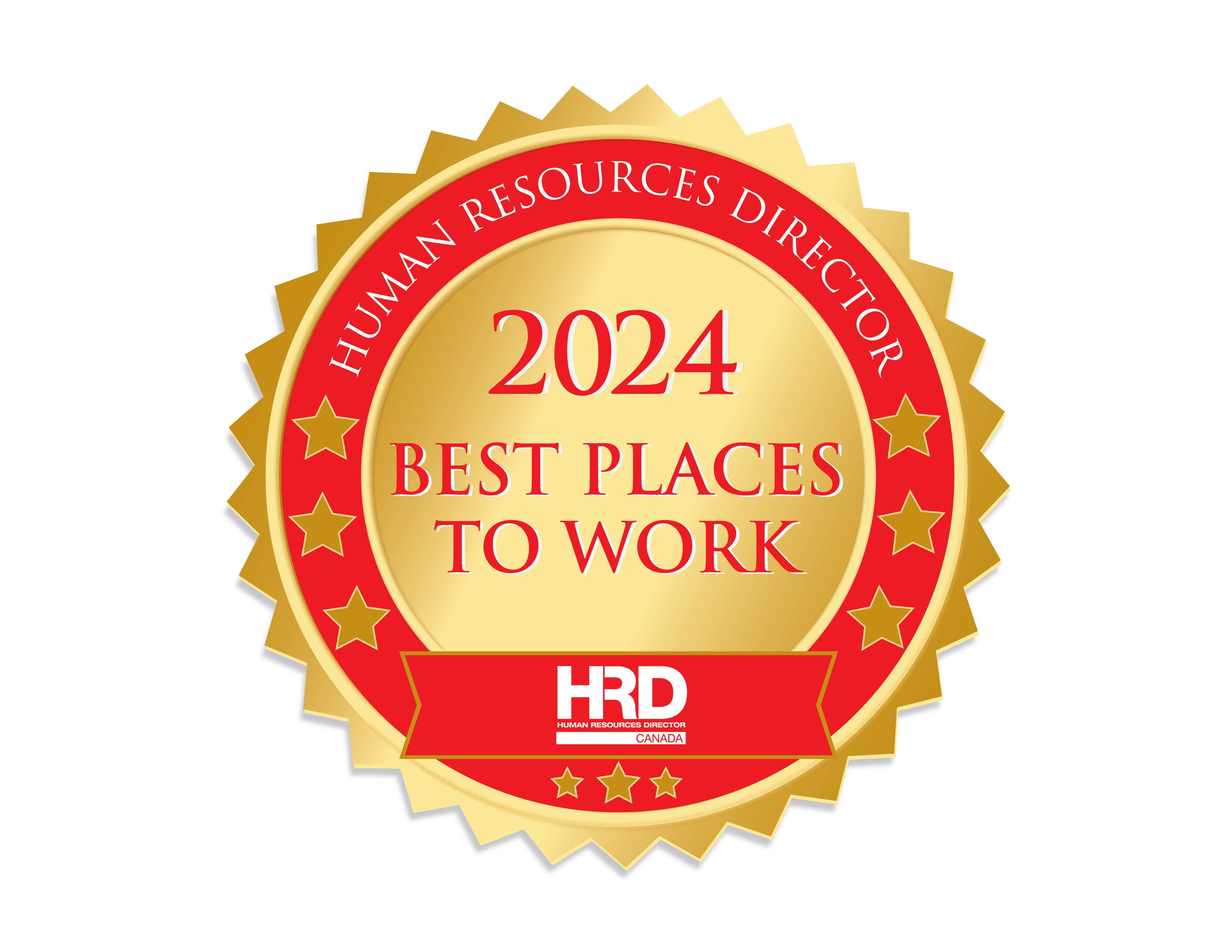Are you new to the environmental industry and looking for a job? If so, you’ve come into the industry at a great time. According to our most recent labour market outlook report, there will be 173,000 net environmental job openings by 2025 due to retirement and job growth. Approximately 37% of these jobs are for core environmental workers or roles that require environmental competencies such as engineering or forestry.
Job prospects may be plentiful, but you still have to submit an application and pass an interview. On top of that, you’ll likely be competing in a virtual interview process. In 2020 alone, 86% of job interviews were conducted virtually, and virtual interview processes will likely continue.
With that, let’s get started on how to prepare — and succeed — in today’s virtual job market.
Step 1: Explore environmental job opportunities
Our employment programs are a great place to start. These programs help environmental businesses hire new professionals while saving on wages.
With support from the Government of Canada, we can provide funds for your salary and support other costs, such as transportation and training. At the same time, you benefit from hands-on, paid work experience.
The application takes minutes to complete — get started on yours today!
Step 2: Get your resume ready
With 173,000 jobs on the horizon, there will be lots of competition. Your resume is an employer’s first impression of you. Here’s how to make that impression count:
Use the best format for the industry
Resumes have specific information, including your career history, education, and credentials.
Check out this blog to learn more about writing a resume for the environmental industry.
Tailor your resume to the job
Read the job description for the position and compare it to your work experience. The next step is to highlight how your experience meets those job requirements accurately.
Use keywords throughout your resume
Most resumes are sent through keyword phrase search tools. These tools make it quicker for employers to assess your application.
The best way to find keywords is in the “responsibilities” or “requirements” section of a job posting. For example, keyword phrases for an environmental technician position could include “data analysis” or “field survey”. If those phrases accurately describe your work experience, use them in the following:
- “skills” area of your resume
- descriptions of your past job postings with relevant work
Write the keywords in a way that makes sense
Read your sentences aloud and ask yourself, “does this make sense?” the keywords need to be accurate and read properly. The keyword will look out of place if a sentence doesn’t make sense.
Include your relevant certifications and courses
Certifications and courses cost employers time and money. Make sure you highlight the ones that are relevant to the position.
Check your spelling and grammar
One of the fastest ways to get your application rejected is grammatical errors. After you’ve written your resume, put it away and return to it the following day.
Get feedback
If you know industry professionals who have experience relevant to the job posting, ask them for their feedback. They’ll be able to spot inconsistencies or make job-relevant suggestions and will likely be happy to help.
Another way to connect with industry professionals is through our Environmental Professional in Training (EPt) certification. The EPt certification is designed for new professionals and provides networking and mentorship opportunities with Canada’s environmental leaders.
Step 3: Submit your application
Make sure you read and complete ALL of the application requirements. If you don’t, your application will likely be removed — especially if one of the required skills is attention to detail.
Many job postings have specific applications requirements such as:
● Including your resume and cover letter in one document
● Uploading work examples
● Filling out information (typically through a human resources job portal) with specific details from your resume, such as your education, former employment, and salary expectations
Step 4: Prepare for a pre-screen phone call
If an employer is interested in your application, a common next step is to get a “pre-screen” phone call. A representative from the company (such as a human resources team member) will call or email you to schedule this session.
A pre-screen call is typically 15 minutes. During the call, the representative wants to understand:
● Why you want the job
● If you have a current job, why you’re leaving
● Your salary expectations
● Your relevant work experience
To prepare yourself for a pre-screen request, give some thought to how you’ll answer questions, research salaries for comparable jobs, check your spam inbox (a request for a pre-screen call could go there), and don’t be afraid to reschedule if needed.
The question about salary expectations can be difficult. Be sure to research the typical salaries for the role. It’s also reasonable to ask the representative for a salary range for the position. If pressed to give a number, be reasonable, however.
Step 5: Passed the pre-screen? Prepare for the virtual interview
Congrats! You’re now into the interview process. Most of these steps are also the same as in-person interviews.
Do your research about the company
Take notes about:
● How your experience applies to the job
● Why you want the job
● Any news or recent initiatives by the company (a common question interviewers ask is, “what do you know about us?”)
● How you can add value to the company
Create a list of questions to ask the employer
After an interview, the interviewer will often ask, “do you have any questions?” Prepare a list of questions; it shows you’re interested.
You could ask about the company culture, the history of the position you’re applying for, and opportunities for further education in the company.
Pick a work-appropriate outfit
For virtual interviews, a few tips are to wear solid colours for a top (it’s less distracting on camera), dress in a complete outfit (pyjama bottoms on-camera aren’t super professional!), and something that makes you feel confident.
If you’re unsure about what to wear, look at their employees’ company website and LinkedIn profiles. You’ll understand the culture, which can give you some ideas.
Test your setup
● Lighting: make sure you’re not backlit. That means light is shining on your face and not behind you. If the light is behind you, you’ll look shadowed.
● Internet connection: things happen, and your internet connection can drop! Have a backup plan if that happens, such as hard wiring your laptop into your internet router or using the data on your phone.
● Background: if you’re interviewing at home, make sure the background is clean and not a distraction.
● Audio: the best way to test your audio is to “call” a friend or do a test call. If you have a headset, use it — the sound is better and won’t pick up ambient noise
● The interview area: make sure it’s as quiet as possible. Where possible, stay away from home devices such as washing machines.
● Camera position: if you’re using the camera on your laptop or phone, make sure it’s at your eye level. It’s awkward to look down at someone during an interview.
● The interview link: the recruiter or human resources representative will likely send you a calendar invite with the link to join the interview. Click the link to ensure you don’t get an error message. If you do, contact the representative.
Get set for your interview
● Join the meeting at least five minutes early.
● Bring positive energy and enthusiasm.
● If you’re taking notes, tell the interviewees. If you look off to the side, it looks like you’re not paying attention.
Step 5: Be gracious
First impressions matter. After your interview, send the representative a short “thank you” email for their time and invite them to ask any follow-up questions.
Step 6: Know when to follow-up
If over a week has passed since the interview, send a follow-up email to the interviewer to ask if they can share any updates. It’s important to show interest and know where you are (or aren’t) in the competition.
Step 7 : Continue building your employment skills
Whether you successfully got the job or not, we’re here to help you on your journey as an environmental professional.
We have many resources for new environmental professionals, including training, academic programs, and networking opportunities.



